Back to Courses

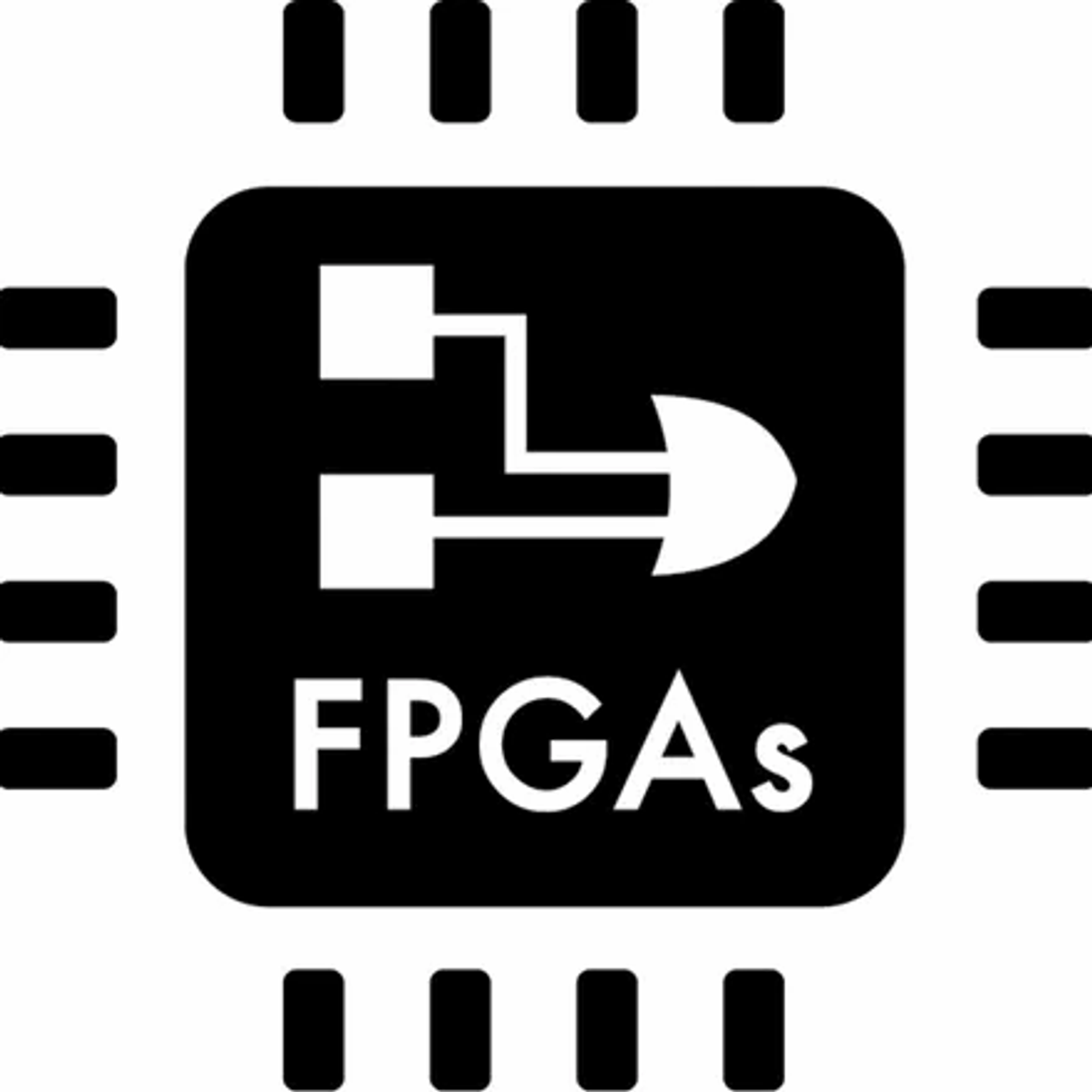

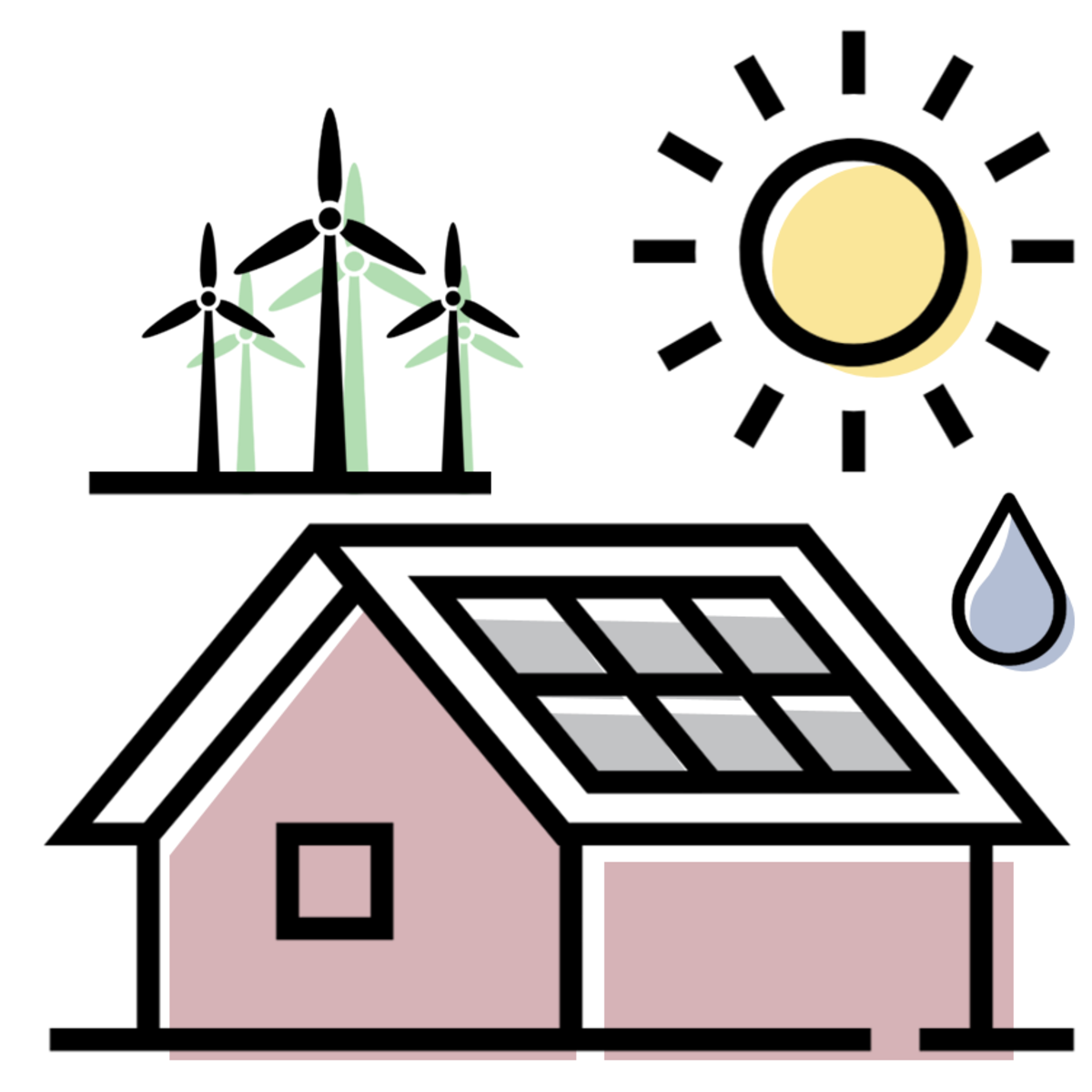
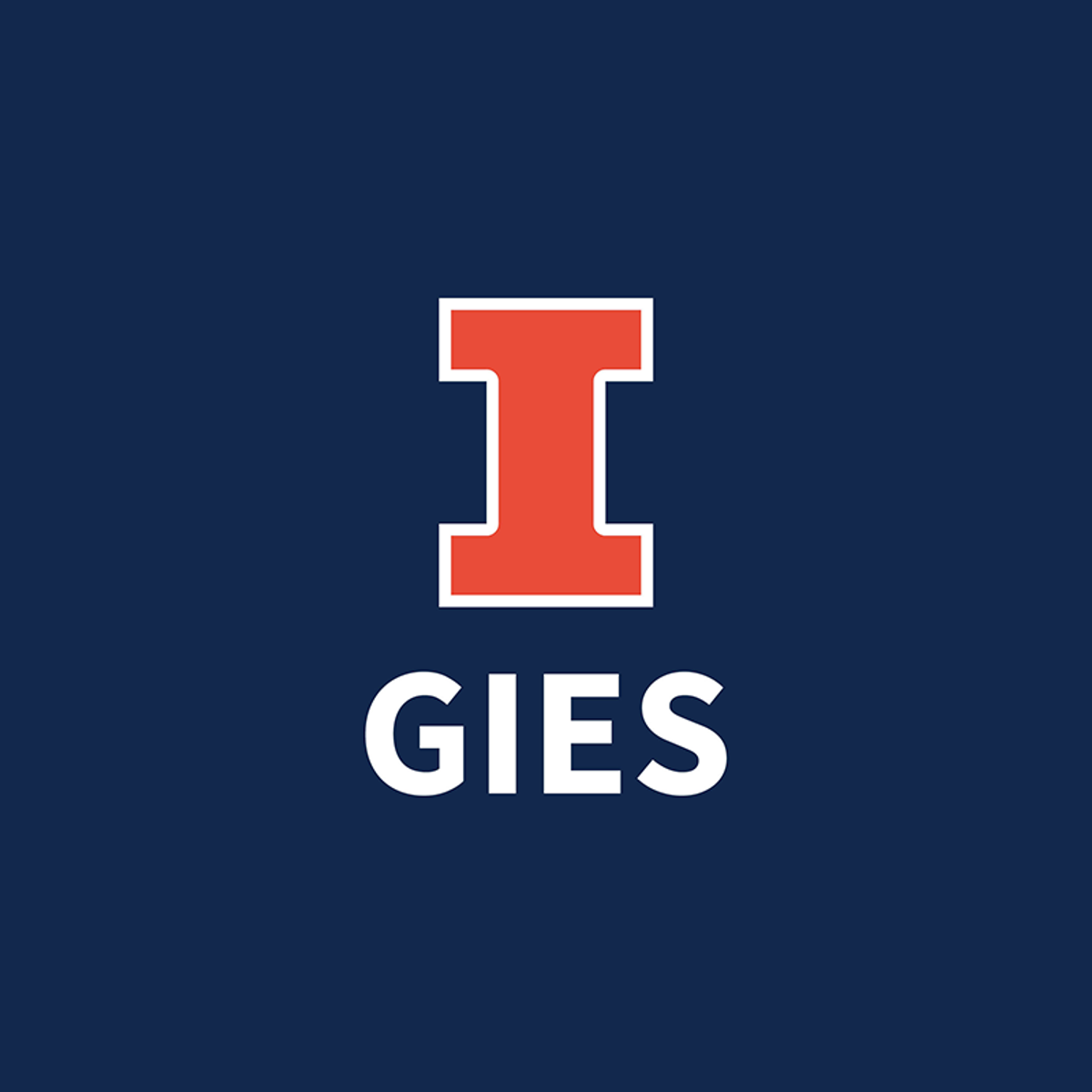
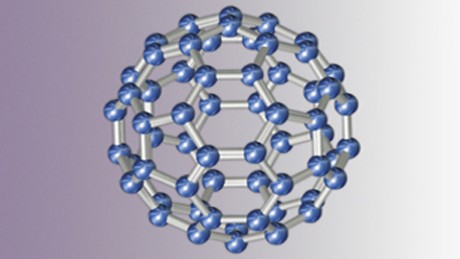

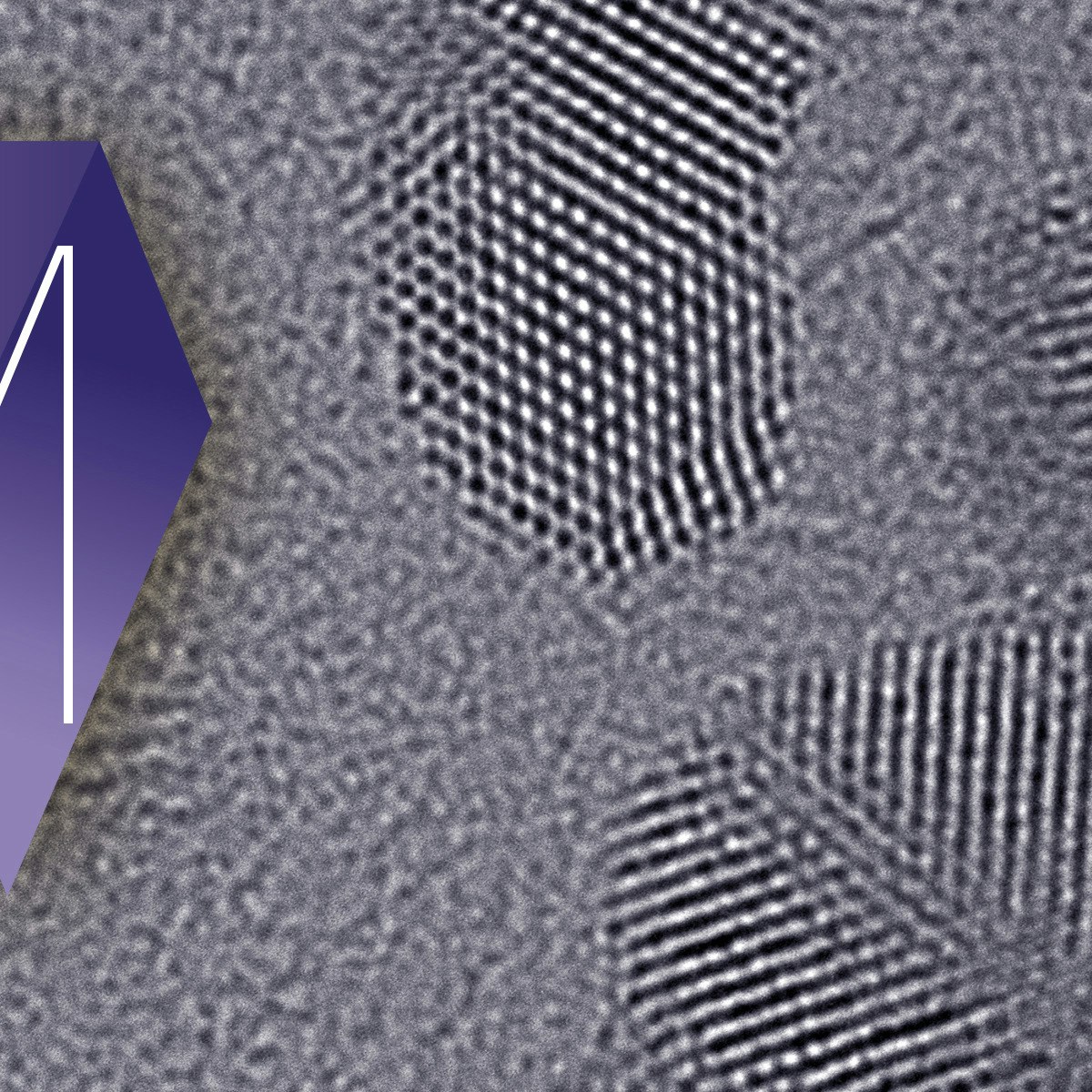

Physical Science And Engineering Courses - Page 39
Showing results 381-390 of 522

Excel/VBA for Creative Problem Solving, Part 2
"Excel/VBA for Creative Problem Solving, Part 2" builds off of knowledge and skills obtained in "Excel/VBA for Creative Problem Solving, Part 1" and is aimed at learners who are seeking to augment, expand, optimize, and increase the efficiency of their Excel spreadsheet skills by tapping into the powerful programming, automation, and customization capabilities available with Visual Basic for Applications (VBA).
In Part 2 of the course, learners will: 1) learn how to work with arrays and import/export arrays from/to Excel using VBA code; 2) learn how to work with text strings and write data to .txt files and import information from .txt files; 3) automate the import, modification, and consolidation of information from multiple worksheets into a central worksheet as well as the import of information from multiple workbooks to a central workbook; and 4) gain experience with creating professional user forms to interface with the user, perform advanced calculations, and manipulate data on the spreadsheet.
Learners who have a foundational understanding of VBA code and programming structures can jump right into Part 2 of the course without taking Part 1 and use the screencasts in Part 1 as reference.
Each module will introduce foundational and broad problems inspired by situations that you might encounter in the real world. To pass each module, you'll need to pass a mastery quiz and complete a problem solving assignment. This course is unique in that the weekly assignments are completed in-application (i.e., on your own computer in Excel), providing you with valuable hands-on training.

Philosophy, Science and Religion: Science and Philosophy
Philosophy, Science and Religion mark three of the most fundamental modes of thinking about the world and our place in it. Are these modes incompatible? Put another way: is the intellectually responsible thing to do to ‘pick sides’ and identify with one of these approaches at the exclusion of others? Or, are they complementary or mutually supportive? As is typical of questions of such magnitude, the devil is in the details. For example, it is important to work out what is really distinctive about each of these ways of inquiring about the world. In order to gain some clarity here, we’ll be investigating what some of the current leading thinkers in philosophy, science and religion are actually doing.
This course, entitled ‘Science and Philosophy’, is the first of three related courses in our Philosophy, Science and Religion Online series. The first launch is now closed to enrolments. We will launch a new version of the course in July 2018. The course will address four themes each presented by guest lecturers:
1. Are Science and Religion in conflict? (Professor Michael Murray, Franklin & Marshall)
2. Neuroscience and Free Will (Professor Al Mele, Florida State)
3. Creationism and Evolutionary Biology--Science or Pseudo-science? (Dr. Mark Harris and Dr. David de Pomerai, University of Edinburgh)
4. Do Scientific claims constitute absolute truths? (Professor Martin Kusch, University of Vienna)
The second and third courses in the Philosophy, Science and Religion series are ‘Philosophy and Religion’ and ‘Religion and Science’. They may be taken in any order and completing all three courses will give you a broader understanding of this fascinating topic. Look for:
• Philosophy, Science and Religion II: Philosophy and Religion
• Philosophy, Science and Religion III: Religion and Science
Check out our trailer to hear more: https://youtu.be/OifqTI5VKek
You can also follow us on Twitter at https://twitter.com/EdiPhilOnline and you can follow the hashtag #psrmooc

FPGA Softcore Processors and IP Acquisition
This course will introduce you to all aspects of development of Soft Processors and Intellectual Property (IP) in FPGA design. You will learn the extent of Soft Processor types and capabilities, how to make your own Soft Processor in and FPGA, including how to design the hardware and the software for a Soft Processor. You will learn how to add IP blocks and custom instructions to your Soft Processor. After the Soft Processor is made, you learn how to verify the design using simulation and an internal logic analyzer. Once complete you will know how to create and use Soft Processors and IP, a very useful skill.
This course consists of 4 modules, approximately 1 per week for 4 weeks. Each module will include an hour or two of video lectures, reading assignments, discussion prompts, and an end of module assessment.

What is Climate Change?
In this course, learners will become familiar with the scientific evidence that demonstrates human-caused climate change. We will explore how greenhouse gases cause the Earth to warm, and why our recent warming is attributed to human activities. We will also discuss where our climate is headed, including anticipated future temperature, precipitation, and sea level. Learners will engage with the consequences of these changes on our ecosystems, infrastructure, and communities. We will also identify how political beliefs influence our attitudes about climate change, and apply that knowledge to become better climate communicators.
Exploring Renewable Energy Schemes
What do you picture when you hear the term “renewable energy?” Do you imagine fields of solar panels, giant windmills, or huge hydroelectric dams? Those are all examples of large-scale, grid-tied systems. In this course, we’ll go much smaller and focus on off-grid, stand-alone systems.
We will explore the key components of photovoltaic, wind, and hydroelectric systems. We will examine photovoltaic, or PV, system components, and the scientific laws essential to understanding how renewable energy systems work. We will discuss wind energy and low-head hydroelectric systems, focusing on small-scale implementations. During our exploration of these systems, we will focus on safety and regulating bodies that guide proper system design. Throughout the course, you will be able to apply what you’re learning by conducting an energy audit to analyze power consumption, identifying essential system components of small-scale systems, building a budget for a small-scale system design, and creating a design for implementing a small-scale system.
3D Printing Software
This course will demonstrate how to use 3D printing software to create digital designs that can be turned into physical objects. It will also demonstrate how 3D scanners work to turn physical objects into digital designs. This course is hands-on in nature and will provide step-by-step instructions to guide you through two popular 3D modeling programs, Tinkercad and Fusion 360. Learners who complete this course will be able to use 3D software to design a wide variety of objects for both personal and professional use. In addition, learners who enroll in the course certificate will receive extended free access to Fusion 360 (provided by Autodesk).
Please copy/paste the following links to your browser's search bar to view the requirements for each of the following software elements used in this course:
Sketchbook: https://support.sketchbook.com/hc/en-us/articles/209671938-SketchBook-Desktop-System-Requirements
Tinkercad: https://support.tinkercad.com/hc/en-us/articles/205849108-What-are-Tinkercad-s-Browser-and-Platform-requirements-
Autodesk Fusion 360: https://knowledge.autodesk.com/support/fusion-360/troubleshooting/caas/sfdcarticles/sfdcarticles/System-requirements-for-Autodesk-Fusion-360.html
Sketchfab: https://help.sketchfab.com/hc/en-us/articles/203059088-Compatibility
123D Catch: Same as Tinkercad
General Chemistry: Concept Development and Application
This course will cover the topics of a full year, two semester General Chemistry course. We will use a free on-line textbook, Concept Development Studies in Chemistry, available via Rice’s Connexions project.
The fundamental concepts in the course will be introduced via the Concept Development Approach developed at Rice University. In this approach, we will develop the concepts you need to know from experimental observations and scientific reasoning rather than simply telling you the concepts and then asking you to simply memorize or apply them.
So why use this approach?
One reason is that most of us are inductive learners, meaning that we like to make specific observations and then generalize from there. Many of the most significant concepts in Chemistry are counter-intuitive. When we see where those concepts come from, we can more readily accept them, explain them, and apply them.
A second reason is that scientific reasoning in general and Chemistry reasoning in particular are inductive processes. This Concept Development approach illustrates those reasoning processes.
A third reason is that this is simply more interesting! The structure and reactions of matter are fascinating puzzles to be solved by observation and reasoning. It is more fun intellectually when we can solve those puzzles together, rather than simply have the answers to the riddles revealed at the outset.
Recommended Background:
The class can be taken by someone with no prior experience in chemistry. However, some prior familiarity with the basics of chemistry is desirable as we will cover some elements only briefly. For example, a prior high school chemistry class would be helpful.
Suggested Readings:
Readings will be assigned from the on-line textbook “Concept Development Studies in Chemistry”, available via Rice’s Connexions project. In addition, we will suggest readings from any of the standard textbooks in General Chemistry. A particularly good free on-line resource is Dickerson, Gray, and Haight, "Chemical Principles, 3rd Edition". Links to these two texts will be available in the Introduction module.

Image Processing: Object Auto-tracking using Tracker
By the end of this project, you will be able to track two different objects easily using Tracker. You will be able to adjust video clip settings and make clips of it.Moreover, you will be able to calibrate your video and set up your coordinate axis. Learning such a skill can help you in your research projects at university or work. It is an added skill to your data analysis skills set that can give you a competitive edge in data science or computer vision career related opportunities. If you are an educator, it will help you to analyze real world physics problems with your students.

Transmission electron microscopy for materials science
Learn about the fundamentals of transmission electron microscopy in materials sciences: you will be able to understand papers where TEM has been used and have the necessary theoretical basis for taking a practical training on the TEM.
This course provides a comprehensive introduction to transmission electron microscopy (TEM) in the field of materials science. For an instrument operated by a single user, modern TEM provides an analytical platform with unsurpassed versatility, giving access to structural and chemical information from the micrometer to the sub-angstrom scale. In a thin, electron-transparent sample one can measure the crystallinity, grain structure, size, and defects, and the chemical composition. The crystal lattice can be imaged with atomic resolution, allowing observation of grain boundaries and interfaces. It is the only direct structural analysis method for studying nanoparticles.
With this course you will gain a deep understanding of modern TEM and the connection between:
- the optics and operation of the instrument;
- the physics of electron-matter interactions;
- insights into the materials properties of the sample.
This gives the background to:
- identify TEM techniques suitable to solving specific scientific problems;
- interpret TEM data presented in articles; appreciate the impact of technological advances that have, for instance, led to sub-angstrom resolution by aberration correction.
It can also be the basis for subsequent practical training on this remarkable instrument, and a stepping stone towards learning very advanced techniques with magical names like “dark field holography” or “angular resolved electron energy-loss spectroscopy”.
Recommended background:
Basics of crystallography and diffraction, college optics (construction of ray diagrams) are absolutely mandatory prerequisites; Fourier optics, more advanced crystallography and solid state physics are of great advantage.

Imagining Other Earths
Are we alone? This course introduces core concepts in astronomy, biology, and planetary science that enable the student to speculate scientifically about this profound question and invent their own solar systems.
All the features of this course are available for free. It does not offer a certificate upon completion.
Popular Internships and Jobs by Categories
Find Jobs & Internships
Browse
© 2024 BoostGrad | All rights reserved